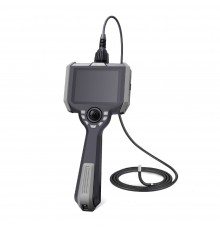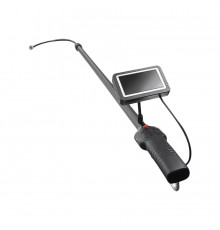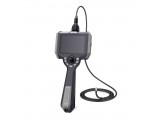
Video Endoscopes: First-Grade Cameras for the Automotive and Aircraft Industries
Video endoscopes are essential for the examination of aircraft engines, automobile engines, turbines, and diesel engines. Engineering professionals and technical specialists alike recognize the critical advantage of identifying the source of the problem in the engine prior to starting maintenance. This saves not only time and effort, but also earns the trust of your clients.
Clients will be confident to proceed with your recommended repairs when the videoscope provides quick visual confirmation of the location and diagnosis of any issues. Your clients will receive top-quality service, and your efficient and focused work will enable you to complete even more maintenance projects.
Having the right equipment is essential for any technical application. An Endoscope, also known as an examination camera, is a practical tool often applied in public service by police in the inspection of cars, or of hidden areas in wagons, at customs. This equipment features high-definition cameras fixed on a flexible rod or insert tube, allowing a specialist to place the engineering control system into difficult-to-reach areas.
Video endoscope with articulation systems are useful in the examination of areas which are narrow and therefore hard to inspect. This engineering control system is made up of a camera on a rod to allow for directed movement. A miniature camera is mounted to a snake-like cable, which can be maneuvered through angled spaces and tight curves. Many of the adaptable push cameras are articulated as well, which allows an engineer to orient the movement in a variety of directions. With this feature, along with elastic or semi-stiff wires, an engineer can traverse remote areas until the device locates the issue source.
Pole camera systems incorporate an eyepiece on a rigid insert tube or rod. This equipment is popular in the aircraft and automobile industries as it provides the precision required to inspect all types of specialized engines and turbines. Unlike more flexible inspection cameras, pole cameras are not gravity dependent and maintain their structural integrity no matter where they are inserted.
Industrial endoscopes combine glass rod lenses and light fiber bundles to produce a high-quality image. Recording the engine inspection is possible with an optional camera attached to the eyepiece. Additional light sources can also be attached to the inspection devices, as they are compatible with 8 diverse LED (light-emitting diode) lights.

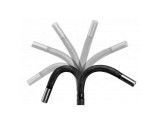
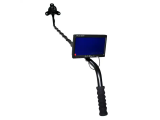
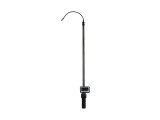
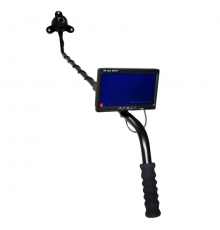
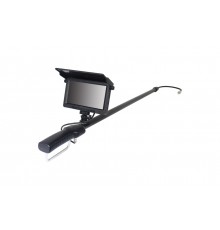
-220x230.jpg)
-220x230.jpg)
